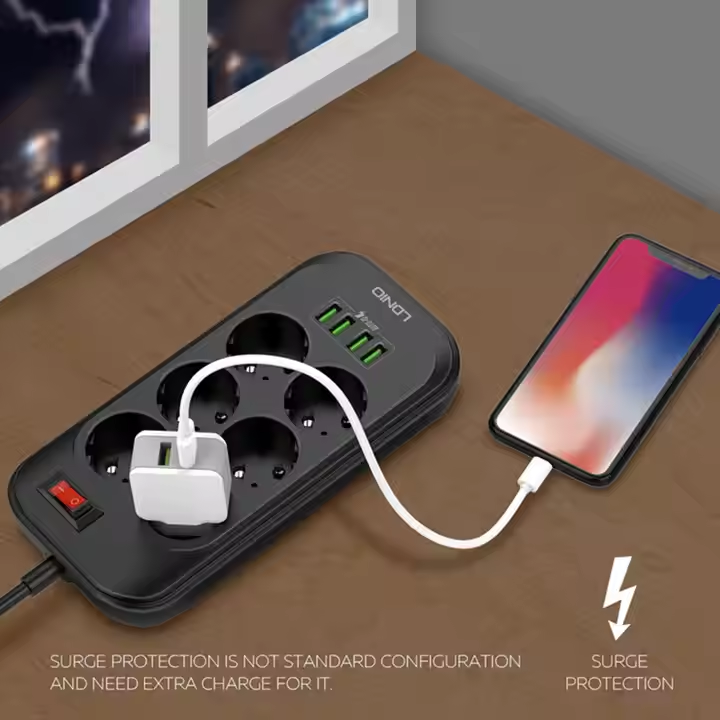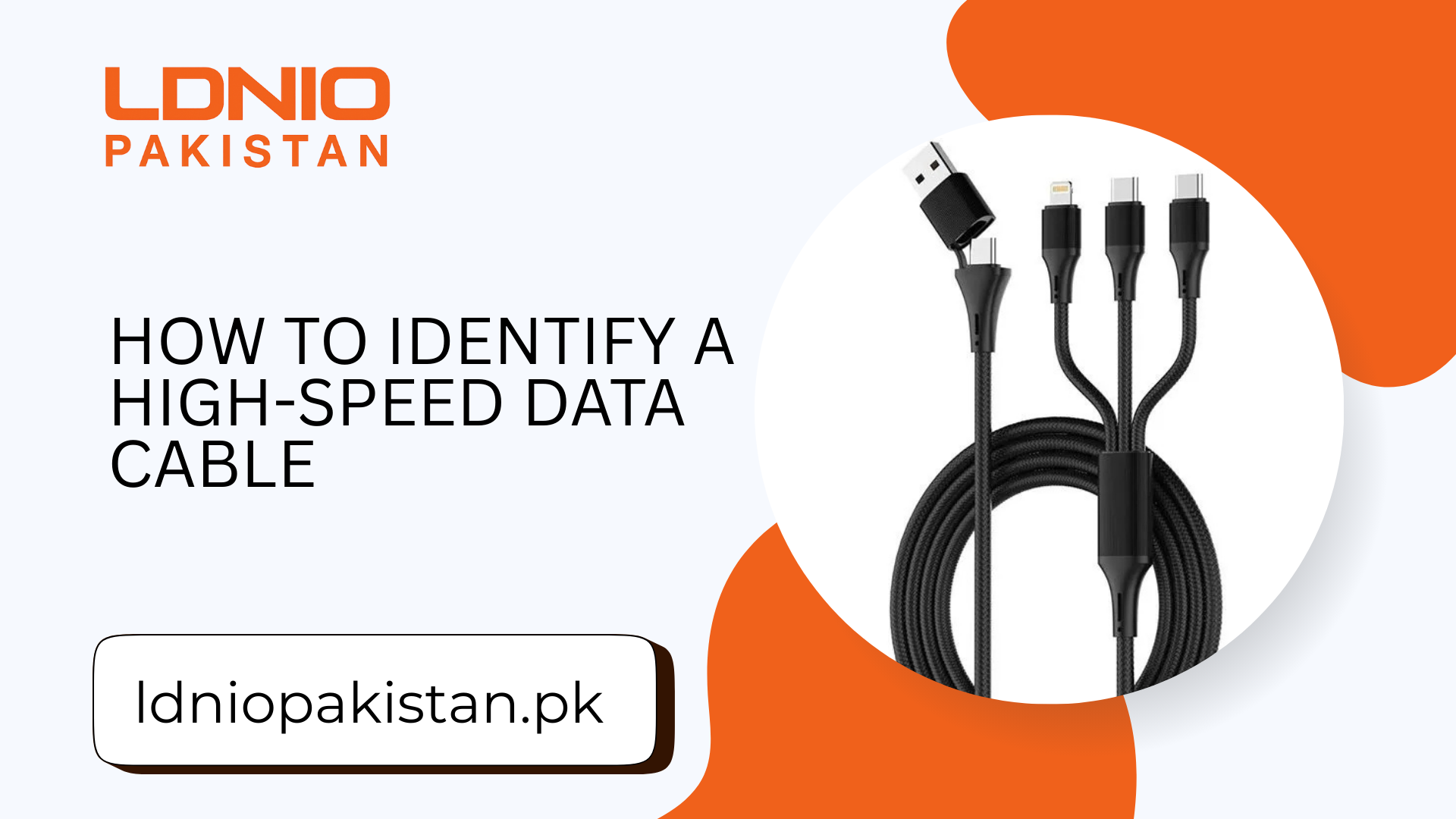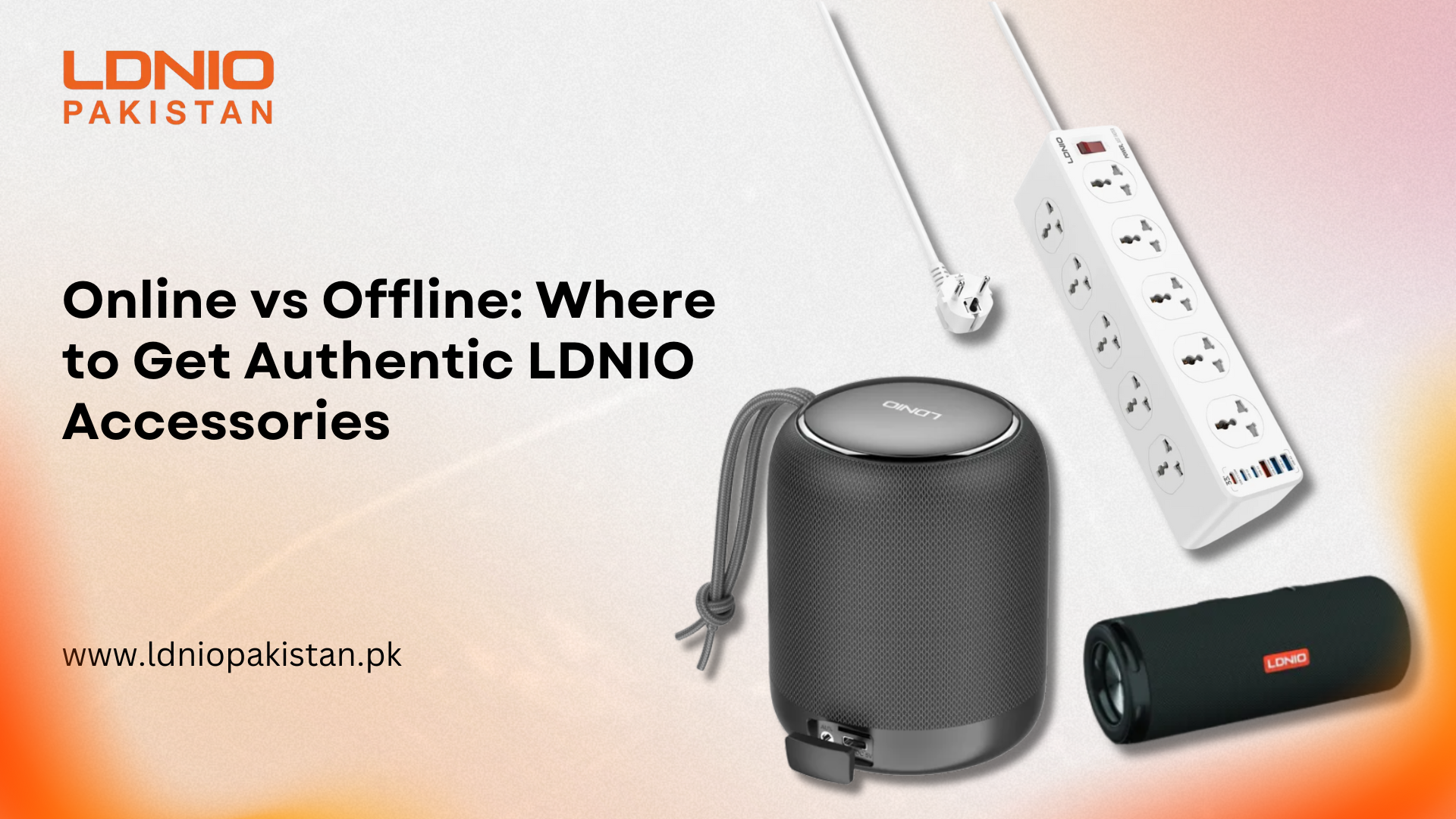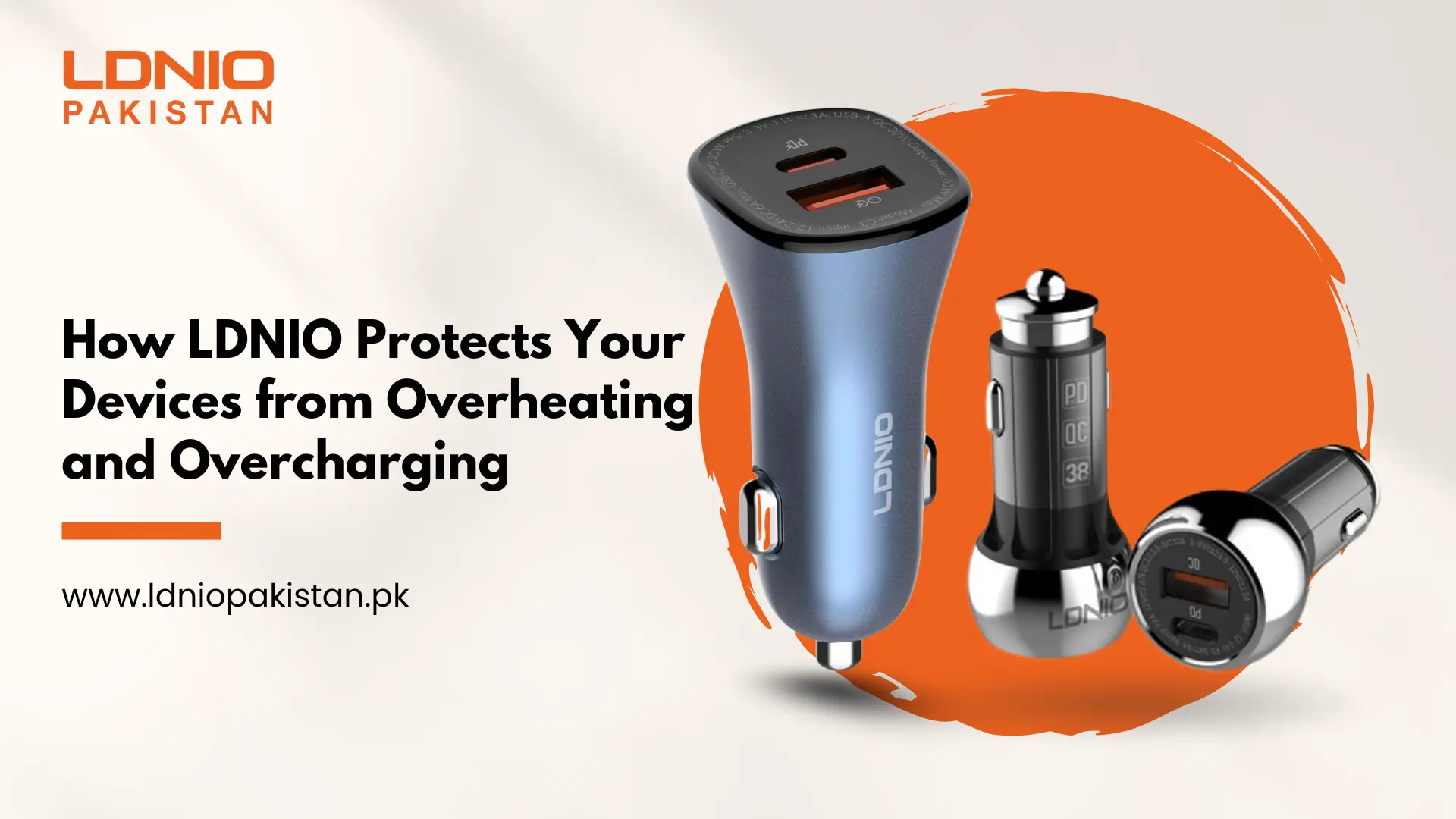A data cable is not just for charging. It is also used for moving files, photos, and videos. A high-speed data cable makes charging fast and file transfer smooth. But in the market, many cables look the same. It can be hard to tell which one is truly high-speed. This guide will show you how to identify a high-speed data cable.
Check the Cable Specifications
Always check the cable specifications first. High-speed cables show their USB version. The common ones are USB 2.0, USB 3.0, USB 3.1, and USB-C.- USB 2.0 supports up to 480 Mbps.
- USB 3.0 supports up to 5 Gbps.
- USB 3.1 and higher go beyond 10 Gbps.
Look at the Data Transfer Speed Rating
You can also check the speed rating on the box or product details.- Slow cables are under 480 Mbps.
- High-speed cables are 5 Gbps or 10 Gbps.
Cable Thickness and Build Quality
High-speed cables are often thicker. This is because they are built to carry more power safely. Very thin cables are usually weak and slow.Strong cables are made with braided nylon or thick rubber. These materials protect the wires and make the cable last longer.Connector Type
The connector type also tells you about the speed:- USB-A: Common but slower.
- Micro-USB: Mostly in older devices, not very fast.
- Lightning: For Apple devices, supports fast transfer and charging.
- USB-C: Modern and very fast, made for high power and speed.
Certification and Branding
Always buy cables that are branded and certified. Fake cables may look good but are slow and unsafe.Certified cables give:- Fast and stable charging.
- High-speed data transfer.
- Safety from overheating and overcharging.
Testing the Cable
You can test a cable to see if it is high-speed. Some apps or devices can check charging and transfer speed.- If charging is slow even with a fast charger, the cable is weak.
- If file transfer takes too long, it is not high-speed.
Common Signs of a Fake or Low-Speed Cable
A fake or poor cable is easy to spot. Look for these signs:- Slow charging.
- Very slow file transfer.
- Thin, light, or weak build.
- No brand or warranty.





